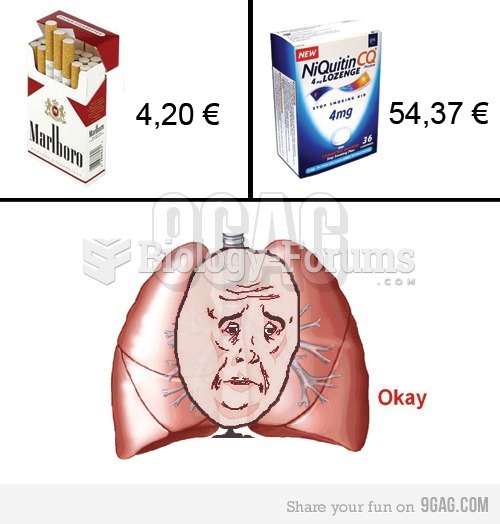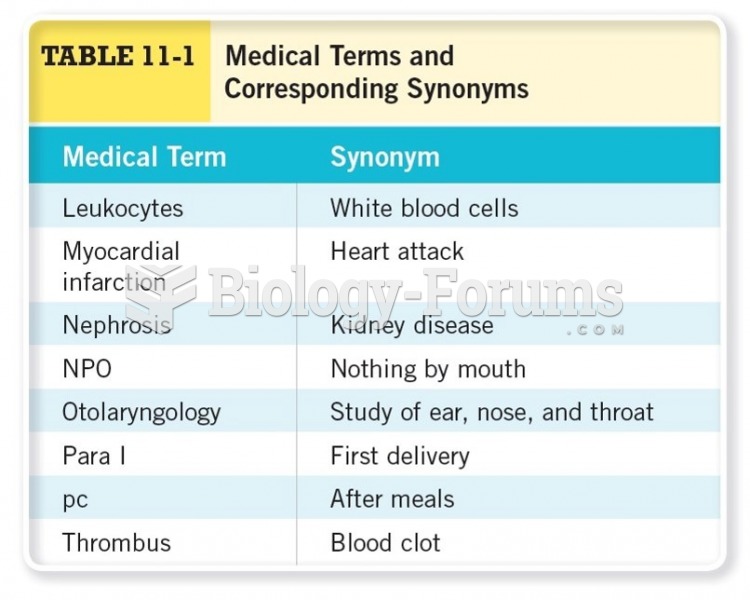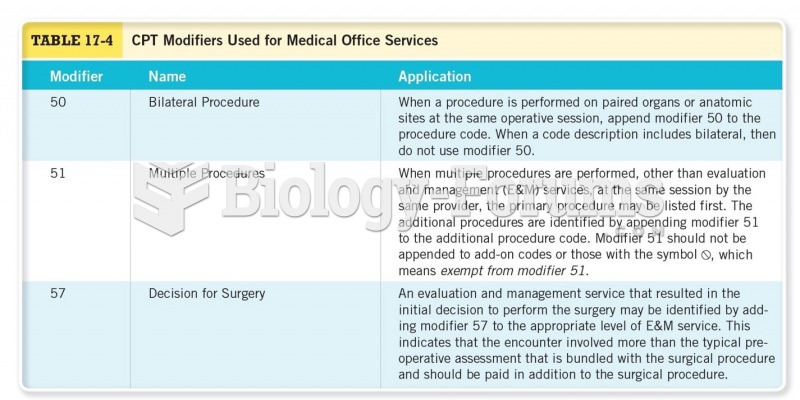Answer to Question 1
Patients may develop multisystem organ dysfunction due to multiple reasons such as bacterial translocation, inadequate fluid resuscitation, poor perfusion, inhalation injury, medications, and medical procedures. Nutritional regimens should be catered to meet the challenges of the condition and treatments. It will be important to discuss with the team the risk of gut ischemia if the patient's hemodynamic status further declines, especially if vasopressors are used, since this patient's TF is administered by nasojejunal enteral access.
Factors to be considered for those patients who are hemodynamically unstable include:
Hemodynamic status: MAP <60
Enteral access: Jejunal placement
Medications: Addition of vasopressors, number of agents being used, and trend in titration of dose
I/O: Urine output, nasogastric tube output (amount and content)
Labs: Increased WBC
Abdominal exam: Distention, firmness
Currently, the patient is hypotensive but mean arterial pressure remains acceptable at 71 mmHg per MD progress note dated 9/9 . Patient is not on any vasopressors. Will continue with EN at this time but will monitor very closely for changes in hemodynamic status, medications, I/O, abdominal exam, and biochemical indices.
Answer to Question 2
Increased nutrient needs
- Provides rationale for the nutrition prescription that determines the goal rate for nutrition support and regaining of lost weight; however, based on the risk for refeeding syndrome, parenteral nutrition should be provided at a slower rate and gradually advanced to meet increased nutrient needs.
- Ideal Goal: Provide adequate nutriture for an expedited recovery without experiencing refeeding syndrome.
- Intervention: Slowly introduce PN.
Inadequate oral food/beverage intake
- Provides rationale for the initiation of nutrition support; also identifies a contributing etiology of malnutrition.
Increased energy expenditure
- Ideal Goal: Weight stabilization and reduction in CRP.
- Intervention: Initiate enteral/parenteral nutrition.
Involuntary weight loss
- Ideal Goal: Similar to that of protein-energy malnutrition
- Intervention: Provide adequate energy and protein via nutrition support and then advance to oral foods and beverages.







